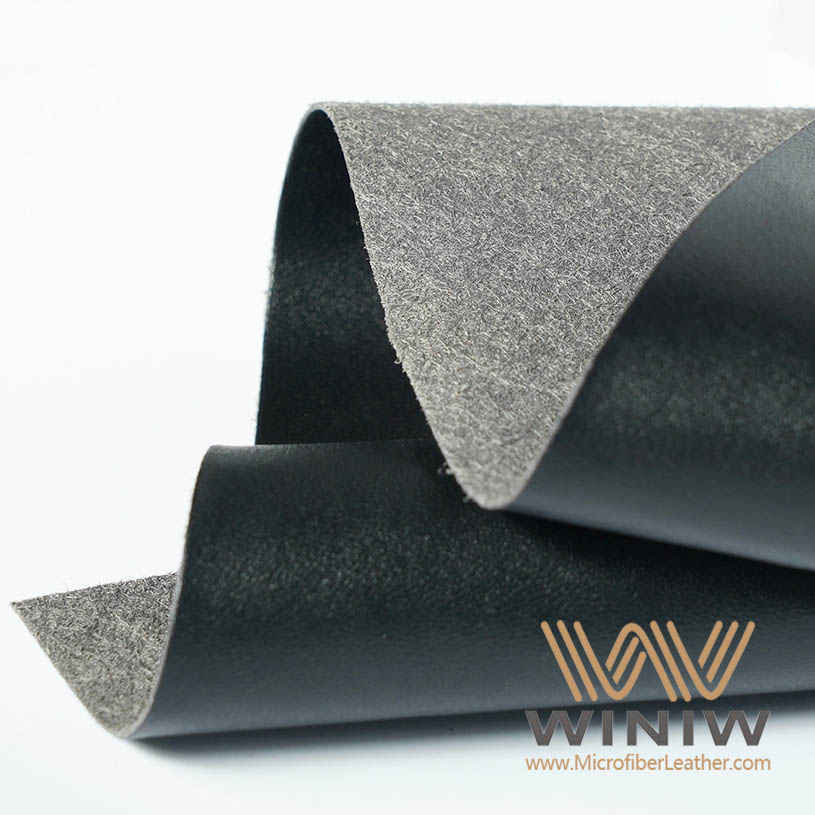-
Tel : +8618150976625
-
Email : Hello@MicrofiberLeather.com
Tel : +8618150976625
Email : Hello@MicrofiberLeather.com


Among the many advantages of microfiber leather, one of the more prominent advantages is that it has good flame retardant properties. Flame retardant is undoubtedly a technology that breaks through common sense for leather materials, because as textile materials, flammability is its biggest feature. So, how does microfiber leather achieve flame retardant? This is related to the addition of flame retardant technology in its manufacturing process. So, what is the flame retardant principle of microfiber leather?
According to the flame retardant method of microfiber leather, it can be roughly divided into three methods: gas phase flame retardant, condensed phase flame retardant and endothermic effect:
Gas phase flame retardant. In the gas phase, it can interrupt combustion or delay the flame retardant effect of chain combustion reaction, such as halogen flame retardant. The mechanism of action is that the leather treated with flame retardant releases non-combustible gases such as CO2, NH3, HCl, H2O and SO2 under heating. These gases reduce the concentration of oxygen in the combustion zone. In addition, the thermal decomposition products of the flame retardant when the leather burns capture a large number of high-energy hydroxyl radicals and hydrogen radicals in the flame zone, reducing their concentration, thereby inhibiting or interrupting the chain reaction of combustion and exerting a flame retardant effect. In this respect, flame retardants mainly include halogen system and nitrogen system.
Heat absorption. Flame retardants with high heat capacity undergo endothermic decomposition reactions such as phase change, dehydration or dehalogenation at high temperature, which will reduce the temperature of the leather surface and flame zone, slow down the speed of thermal cracking reaction, and inhibit the generation of combustible gases. Such flame retardants such as magnesium hydroxide and aluminum hydroxide.
Flame retardant of condensed phase-covering effect. The flame retardant delays or prevents the formation of combustible gases and free radicals in the solidification phase; the inorganic filler with a larger specific heat capacity in the flame retardant material makes the material difficult to reach the thermal decomposition temperature through heat storage and heat conduction, and the flame retardant material decomposes and absorbs heat External heat causes the external temperature to decrease; when the flame retardant material burns, a porous carbon layer of flame retardant, heat insulation, and oxygen insulation is formed on the surface, which causes the combustion. Its course of action is that the flame retardant is in a molten state at a relatively low temperature, which can form a heat insulation layer on the surface of the collagen fiber to coat it; the flame retardant can also dehydrate the collagen fiber and form a carbonization layer on the surface of the collagen fiber, Isolate the entry of oxygen and external heat sources, and prevent the escape of combustible gases. Representative flame retardants in this area such as borax, phosphorus system, nitrogen-phosphorus composite system, etc.
Many consumers have some doubts about the effectiveness of the flame retardant performance of the microfiber PU leather. Through the above introduction, we can find that it is completely achievable through the above three methods, and you can buy it with confidence.